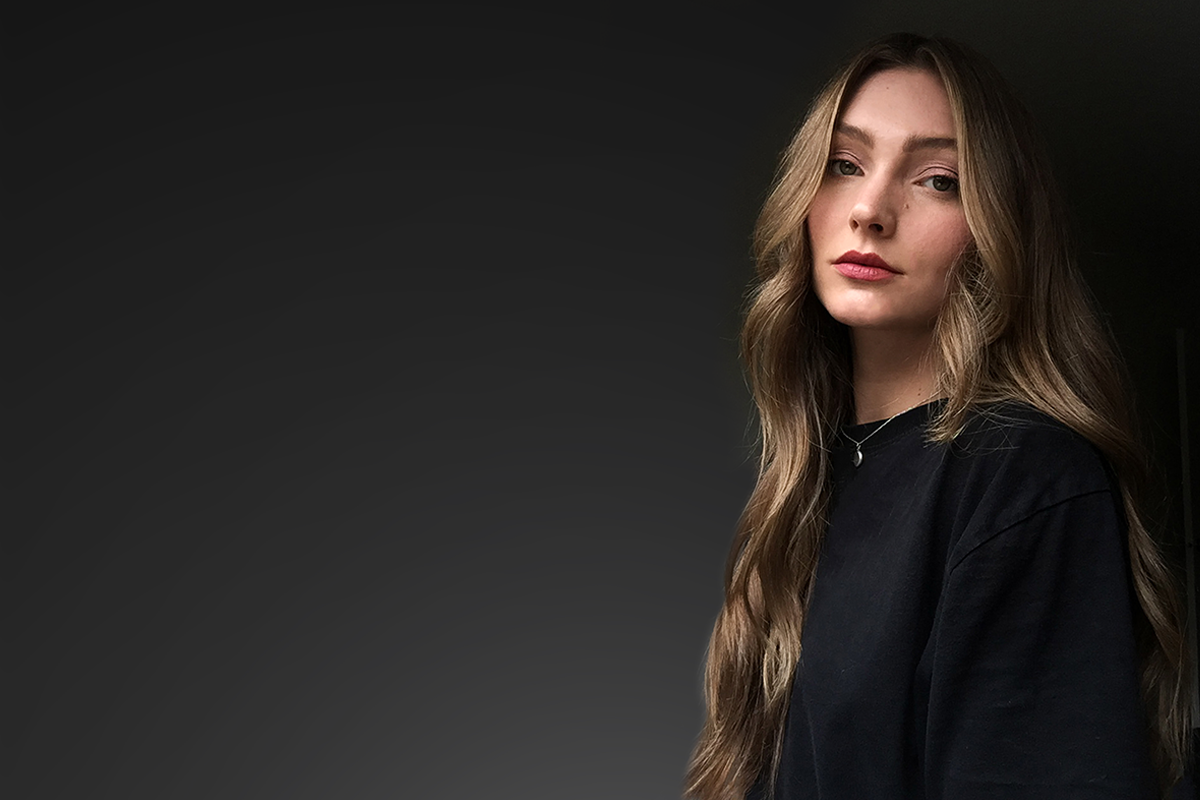Annaliese Feininger (b. 1994) is an analog artist who creates staged narrative fantasy worlds by reflecting representations of intimacy between subjects & the elements. Feininger uses solely 35mm & 120mm film and self develops whenever possible. Natural light, nude forms and the manipulation of film are key aspects of the artist’s work that result in their signature magical realism style.
Whether creating work for print magazines, juried photography festivals, gallery shows, group exhibits, or making promotional and editorial work for other artists, she approaches each job with creativity and authenticity.
Why did you decide to create your Photography business?
I hated the bureaucracy of the commercial art business. I found it to be inauthentic and patronizing. When I first started taking photos, it was not with the objective of making money. My objective was to create art and try to saturate my surroundings with authentic imagery. I did not want to compromise my style to fit into a commercial mold. Being an analog photographer carries with it a great deal of expense and comes with a lot of risk, but I simply refuse to compromise and settle for digital.
What do you love most about the industry you are in?
I am very passionate about story-telling, and I love how narrative photography has the ability to evoke emotions from viewers in such a visceral way. Using analog film is a very intimate process for me which is deeply rooted in my heritage, and every film photo I take feels like an homage to my ancestors. Working with analog mediums also provides delayed gratification, which I find very important in contemporary times, where everything is instantaneous and at your fingertips. The entire process forces me to slow down and feels like the calm after the storm of everyday life.
I also enjoy being able to portray people the way they want to be presented. When I am hired for a photo shoot, it is very important to me to ask my clients how they would like to be portrayed. That way, it becomes more of a collaborative effort rather than there being a strict active/passive tension between the viewer (photographer) and subject (model).
What keeps you motivated?
Maintaining my mental and physical health is imperative to my growth, so I spend a lot of time working on self-improvement both physically and mentally. My end goal is to one day become a post-secondary teacher, so making a commitment to continuous learning and surrounding myself with other creatives helps me stay motivated and interested.
How do you motivate others during your photo shoots?
For commissioned photoshoots, I believe it is important to cultivate a good relationship with your subjects prior to creating with them. I’ve only recently started to take on clients that I don’t know personally, which has been an interesting learning curve for me. Usually, I will ask them to meet for coffee as a sort of interview process to get to know them better. During a shoot, I always let models choose the background music, and ask what they need from me to feel the most comfortable. For example, there have been times when I’ve taken photographs of half-naked models in public places, so I got half-naked myself to put them more at ease.
How has your company grown from its early days to now?
Pretty exponentially. In my first year, I caught a break when I was hired by Atelier Aleur (now Aleur Home) to shoot their S/S 2018 campaign. I flew down to Montreal for that, and it was my first time being on a paid photoshoot as the lead photographer. Up until that point, I had a wide network of artist friends and collaborators, but I was always seen as the model. After I posted photos from the Aleur shoot, however, I had photographers and friends reaching out to me saying things like “I didn’t know you could do that”. I picked up campaigns quickly following that shoot, and now almost four years later, I solely accept commissioned jobs where my role is a lead photographer.
Where do you get your inspiration from?
I would say my main source of inspiration comes from memory. I’ve always kept written and photographic diaries, which have become incredible archives to draw from. Other people’s writing inspires me a lot as well. A lot of the time, visual ideas will come to me while reading a short story or listening to music. Last year during lockdown I created a personal series of photographs that mirrored the songs I had on repeat for the beginning of the pandemic.
Who has been a role model to you and why?
The most influential artist to my practice today is Duane Michals, however, my first artistic inspiration was my great-grandfather Andreas, whose photographs and photobooks adorned my childhood homes. He was a student at the Bauhaus-Universität Weimar, but left for New York City at the beginning of second world war two. In the United States, he worked as a photojournalist for LIFE Magazine, where he created his most notable works.

Annaliese Feininger
35mm in-camera double exposure


